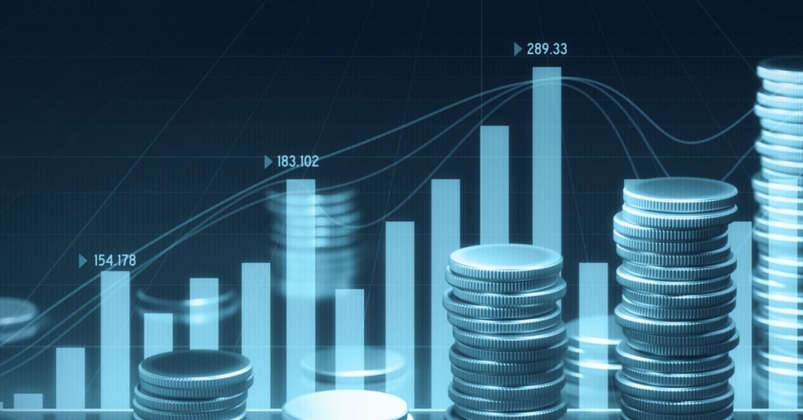分析
While typically calculated on an annual basis, GDP data is also released quarterly, and it is these releases upon which markets place the most emphasis, given their relatively timely nature. Although GDP figures are constantly being revised (often for many years after the initial estimate has been released), it tends to be the initial estimate which causes the most significant market impact, with any revisions typically relatively minor in nature.
Upon release, the figures are typically represented as a percentage change in both QoQ and YoY terms, signifying the GDP growth/contraction over the quarter in question, with the QoQ figure often the more impactful figure in terms of resulting market volatility. Of course, two consecutive quarterly contractions (represented as a decline in GDP growth) results in what economists define as a technical recession.
GDP is typically calculated via the income method, which uses the following formula:
GDP = C + I + G + (X-M)
Where:
- C = consumer spending
- I = business investment
- G = government spending
- (X-M) = net exports (i.e. exports - imports)
Related articles
Pepperstone不保证这里提供的材料准确、最新或完整,因此不应依赖这些信息。这些信息,无论来自第三方与否,不应被视为推荐;或者买卖的要约;或者购买或出售任何证券、金融产品或工具的邀约;或者参与任何特定的交易策略。它不考虑读者的财务状况或投资目标。我们建议阅读此内容的任何读者寻求自己的建议。未经Pepperstone批准,不得转载或重新分发这些信息。








